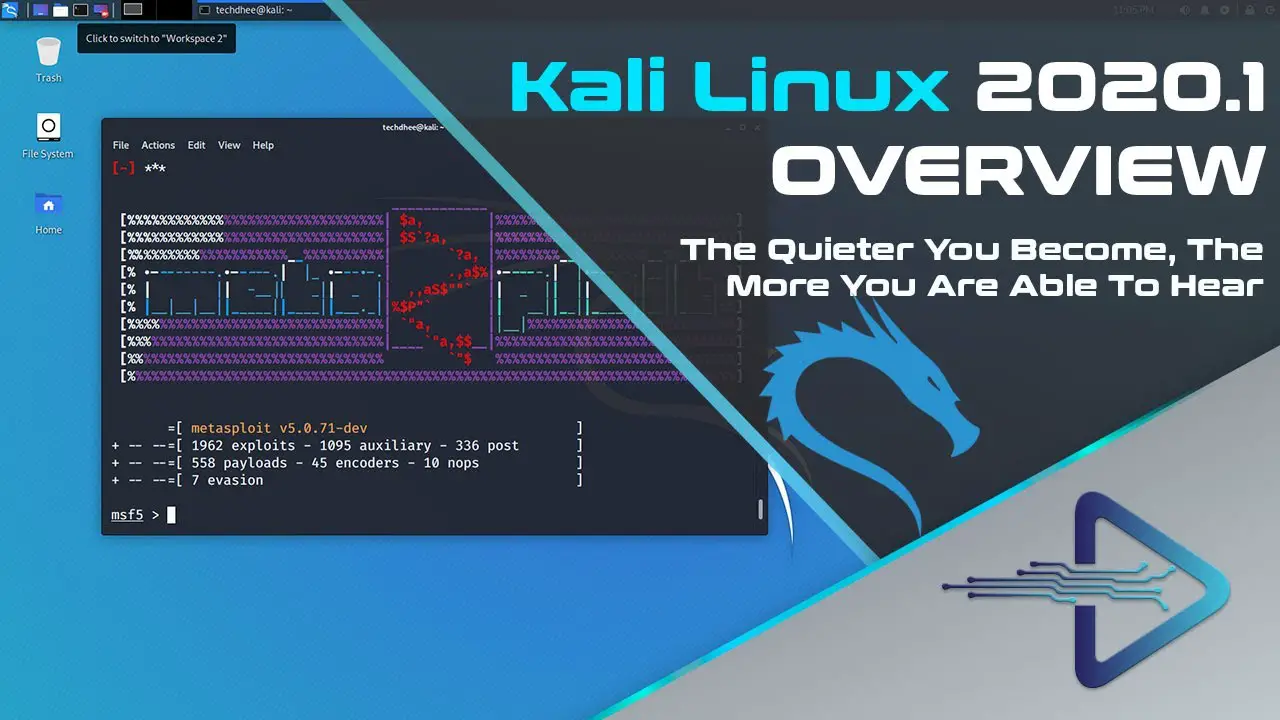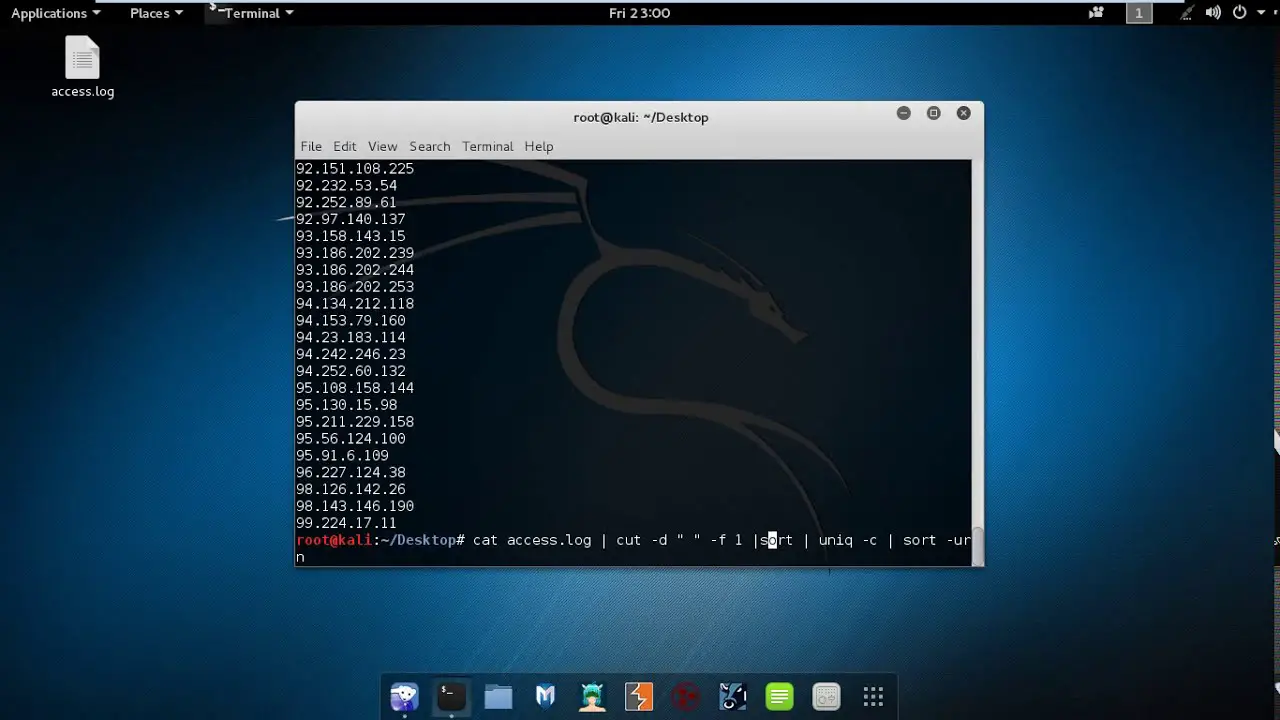Linux Penetration Testing with Kali Linux: A Beginner’s Guide

Penetration testing, also known as ethical hacking, involves simulating an attack on a computer system or network to identify vulnerabilities and weaknesses. This process helps organizations to understand and mitigate potential threats and improve their overall security posture.

Kali Linux is a popular open-source operating system specifically designed for penetration testing. It comes pre-installed with a wide range of tools and utilities that are essential for performing security assessments.

Getting Started with Kali Linux
Before you can begin using Kali Linux, you will need to install it on a supported operating system. You can download Kali Linux from the official website and choose between a live ISO image or a virtual machine (VM) image.
Once you have installed Kali Linux, you can start exploring its features and tools. The graphical user interface (GUI) is relatively easy to use, and you can find most of the necessary tools within the “Applications” menu.
Essential Penetration Testing Tools
Kali Linux includes a vast collection of penetration testing tools, but some of the most important ones include:
-
Nmap: A network scanner used to discover hosts and services on a network.
-
Wireshark: A network protocol analyzer that can be used to capture and analyze network traffic.
-
Metasploit: A powerful framework for developing and executing exploits.
-
John the Ripper: A password cracking tool.
-
Hashcat: A more advanced password cracking tool.
Performing a Penetration Test
A penetration test typically involves several stages:
-
Reconnaissance: Gathering information about the target system or network.
-
Enumeration: Discovering and mapping out the target’s vulnerabilities.
-
Exploitation: Using vulnerabilities to gain unauthorized access to the target.
-
Escalation of Privilege: Once initial access is obtained, escalating privileges to gain higher levels of control.
-
Maintain Access: Establishing a persistent presence on the target to maintain access over time.
-
Reporting: Documenting the findings and recommendations for remediation.
Conclusion
Kali Linux is a versatile and powerful tool for penetration testing. By understanding the basics of penetration testing and the features of Kali Linux, you can effectively identify vulnerabilities and improve the security of your systems and networks.## Linux Penetration Testing With Kali Linux: A Starter Guide
Executive Summary
This guide introduces Kali Linux, a powerful penetration testing distribution, and provides a comprehensive overview of its core components and usage. It covers the essential tools, techniques, and methodologies for conducting effective penetration tests, empowering readers to enhance their system security and identify potential vulnerabilities.
Introduction
Penetration testing, often referred to as ethical hacking, is a critical aspect of cybersecurity. It helps organizations identify and address security vulnerabilities before malicious actors can exploit them. Kali Linux is a widely-used penetration testing distribution that provides a comprehensive toolkit for security professionals. This guide serves as a comprehensive introduction to Kali Linux, guiding beginners through its core components and practical applications.
Essential Tools and Techniques
Network Scanning and Reconnaissance
- Nmap (Network Mapper): A versatile tool for network discovery, host scanning, and vulnerability detection.
- Wireshark: A powerful network analyzer for capturing and analyzing network traffic in real-time.
- Metasploit: A framework for developing and executing exploit code, automating penetration testing tasks.
- Burp Suite: A comprehensive web application security testing tool for identifying and exploiting vulnerabilities.
- Aircrack-ng: A tool suite for assessing and exploiting wireless network security.
Vulnerability Assessment and Exploitation
- Nessus: A commercial-grade vulnerability scanner for identifying and assessing various types of vulnerabilities.
- OpenVAS: An open-source vulnerability scanner that provides detailed reports on identified vulnerabilities.
- sqlmap: A tool for automating the detection and exploitation of SQL injection vulnerabilities.
- Metasploitable: A vulnerable virtual machine used for practicing penetration testing and exploiting techniques.
- Cobalt Strike: A commercial-grade penetration testing toolset for advanced adversary simulation.
Password Cracking and Privilege Escalation
- John the Ripper: A fast and versatile tool for cracking hashed passwords using various attack methods.
- Hashcat: A highly optimized password cracker that utilizes advanced techniques such as GPU acceleration.
- Metasploit’s post-exploitation modules: Provides tools for escalating privileges, maintaining access, and executing commands.
- Privilege escalation scripts (e.g., LinEnum, PEAS): Automated scripts for identifying and exploiting privilege escalation vulnerabilities.
- Local privilege escalation techniques: Methods for gaining higher-level privileges on a compromised system without exploiting vulnerabilities.
Web Application Security Testing
- Burp Suite: A comprehensive web application security testing tool for identifying and exploiting vulnerabilities.
- OWASP ZAP: An open-source web application security testing tool for scanning and identifying vulnerabilities.
- WebGoat: A deliberately vulnerable web application used for practicing web application security testing techniques.
- XSS Hunter: A tool for detecting cross-site scripting (XSS) vulnerabilities.
- sqlmap: A tool for automating the detection and exploitation of SQL injection vulnerabilities.
Reporting and Documentation
- Penetration testing reports: Comprehensive reports that document the findings, vulnerabilities identified, and recommendations for mitigation.
- Log files: Detailed logs of penetration testing activities, including tool outputs, commands executed, and vulnerabilities found.
- Screenshots and screencasts: Visual documentation to provide evidence and support findings.
- Kali Linux documentation: Official documentation and user guides for Kali Linux and its included tools.
- Industry best practices: Adherence to industry standards and best practices for conducting ethical and effective penetration tests.
Conclusion
Mastering Kali Linux opens doors to a world of penetration testing possibilities. This guide serves as a comprehensive introduction for beginners, empowering them to delve deeper into the field and enhance their cybersecurity skills. With practice and continuous learning, readers can become proficient in using the tools and techniques discussed, enabling them to conduct effective penetration tests, identify vulnerabilities, and improve the security posture of their systems.
Keyword Phrase Tags
- Kali Linux penetration testing
- Network scanning and reconnaissance
- Vulnerability assessment and exploitation
- Password cracking and privilege escalation
- Web application security testing

Thank Uuuu!!! GREAT POST!!
Meh, This is nothing new, you only talk about already known stuff that everyone uses. Is there something new?
Can I do the same with Backtrack or Parrot OS?
Why Kali Linux is better than other pentesting distros? Please, give me 3 reasons.
Just joking :p, of course, there is a lot of new content. Thanks, mate!!!
Are you sure that this tools are safe? I really dont want install something that could damage my unit…
Yay, this is exactly what I was searching for! I really appreciatte this 😀
Have you tested this distro in a virtual machine? I have some troubbles using it on a real computer but I’m using pop!_OS
I can’t wait to write a research paper using this tutorial. Thanks!
If u dont want install nothing than hacking isnt for u